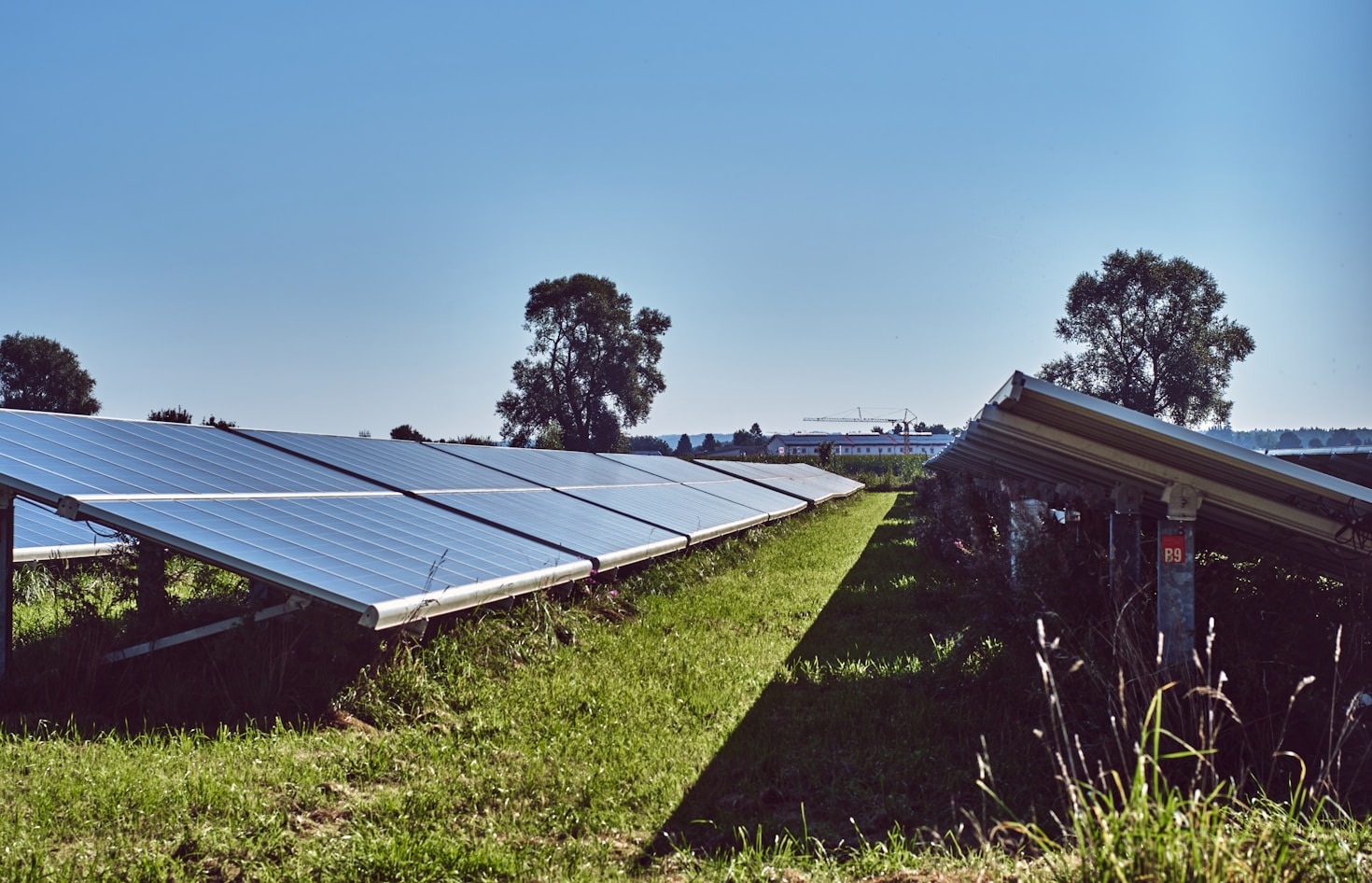How to Transition Your Business to Renewable Energy
In today’s world, the shift toward renewable energy is no longer just an environmental consideration—it’s a business imperative. With climate change concerns growing, energy costs fluctuating, and consumers increasingly favoring eco-conscious companies, transitioning to renewable energy can offer significant benefits. However, making the switch requires careful planning, investment, and a clear strategy. Here’s how your business can successfully transition to renewable energy.
1. Assess Your Energy Needs
The first step is understanding your current energy consumption. Conduct an energy audit to identify how much energy your business uses, when it’s used, and where it’s being wasted. This will help you determine the scale of renewable energy solutions required and identify areas where you can improve efficiency. Reducing energy waste through better insulation, energy-efficient appliances, and smart systems can make the transition to renewables more manageable and cost-effective.
2. Set Clear Goals
Define what you want to achieve with your transition. Are you aiming to reduce carbon emissions, cut energy costs, or achieve energy independence? Setting specific, measurable goals will help guide your decisions and track progress. For example, you might aim to source 50% of your energy from renewables within five years or achieve net-zero emissions by a certain date.
3. Explore Renewable Energy Options
There are several renewable energy sources to consider, including solar, wind, hydro, and geothermal power. The best option for your business will depend on factors like location, budget, and energy needs. Solar panels, for instance, are a popular choice for businesses with available rooftop space or land. Wind turbines may be suitable for businesses in windy regions, while geothermal systems can be effective for heating and cooling in certain areas.
4. Invest in On-Site Renewable Energy
Installing on-site renewable energy systems, such as solar panels or wind turbines, can provide long-term cost savings and energy independence. While the upfront costs can be significant, government incentives, tax credits, and grants can help offset these expenses. Additionally, many regions offer net metering programs, allowing businesses to sell excess energy back to the grid, further reducing costs.
5. Partner with Renewable Energy Providers
If on-site generation isn’t feasible, consider partnering with renewable energy providers. Many utility companies now offer green energy programs that allow businesses to purchase renewable energy credits (RECs) or sign power purchase agreements (PPAs). These options enable you to support renewable energy projects without the need for significant infrastructure changes.
6. Engage Employees and Stakeholders
A successful transition to renewable energy requires buy-in from everyone involved. Educate your employees about the benefits of renewable energy and encourage them to contribute ideas for reducing energy consumption. Engage stakeholders, including investors and customers, by communicating your commitment to sustainability and sharing progress updates.
7. Monitor and Optimize
Once your renewable energy systems are in place, continuous monitoring is essential. Use energy management software to track usage, identify inefficiencies, and optimize performance. Regularly review your energy goals and adjust your strategy as needed to ensure you stay on track.
8. Celebrate and Share Your Success
Finally, don’t forget to celebrate your achievements. Publicize your transition to renewable energy through marketing campaigns, social media, and sustainability reports. Highlighting your commitment to sustainability can enhance your brand reputation and attract environmentally conscious customers.
Transitioning to renewable energy is a journey that requires commitment, but the rewards—reduced costs, improved resilience, and a positive environmental impact—are well worth the effort. By taking a strategic approach, your business can play a vital role in building a sustainable future.


Leave a Reply